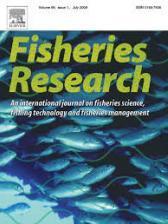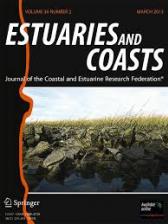Cedar Bayou
About Cedar Bayou
Cedar Bayou is a natural inlet located in Aransas County that separates San Jose and Matagorda Islands and has historically allowed water exchange between Mesquite Bay and the Gulf. The inlet provides local fish and wildlife access to high quality nursery and spawning grounds benefitting their growth, reproduction, and survival. Most fish, shrimp, and crabs occurring in the surrounding coastal waters are known to spawn near-shore in the Gulf with larvae migrating through tidal inlets into shallow estuarine nursery grounds. Cedar Bayou is also adjacent to the Aransas National Wildlife Refuge, an area sanctioned to conserve several endangered species, including Whooping Cranes. While this inlet sustains a highly diverse ecosystem, it has closed several times due to man-made or natural (e.g. hurricanes) events, thereby limiting the exchange between Mesquite Bay and the Gulf and significantly impacting the local flora and fauna.
The influence of this inlet on the surrounding area was examined by researchers at the Center for Sportfish Science and Conservation (CSSC), with a Before-After-Control-Impact (BACI) study initiated before scheduled large-scale dredging in 2014. Baseline environmental data was gathered for two years prior to dredging, and seasonal changes in the abundance of fish and crustaceans were then monitored for a year following the re-opening. The resulting analysis found that densities of sportfish and forage species increased significantly following the reopening of Cedar Bayou, including Red Drum, Atlantic Croaker, Penaeid Shrimp, and Blue Crab. The increases in these species were so remarkable that the overall species assemblage in Mesquite Bay changed statistically following reopening. In addition, acoustic tracking data strongly indicated that adult Red Drum used the newly opened Cedar Bayou inlet to migrate to spawning grounds within months of reopening. Unfortunately, all of these benefits were lost when Hurricane Harvey made landfall directly over this area resulting in the inlet closing again in 2017 and remaining closed until another major dredging of the inlet occurred in 2022.
Current Research
While the ecological importance of the inlet has been established, the cost to keep it open has been a recent subject of interest. Each of these large-scale dredgings cost approximately $10M, an amount that is not likely to be sustainable if needed every 3-5 years. Due to our extensive research in Cedar Bayou, the CSSC was approached in 2024 to conduct a feasibility study to examine the potential to use periodic small-scale dredgings of the inlet to maintain the connection between Mesquite Bay and the Gulf allowing for the inlet to continue to function as a fish pass. This one-year study involved reviewing the current dredging permit and forming a coordinating committee that provided ideas and feedback on how to accomplish this goal. Ultimately, it was determined that small-scale maintenance dredging is likely possible, following the submission of a permit amendment. In addition, due to private interest in the project, the Cedar Bayou Endowed Restoration Fund was established to help cover costs for these periodic dredging efforts. The coordinating committee continues to work towards a sustainable solution to keep this iconic inlet flowing.
Support the Cedar Bayou Restoration Fund
(cover photo courtesy of L. Laskowski)
Publications
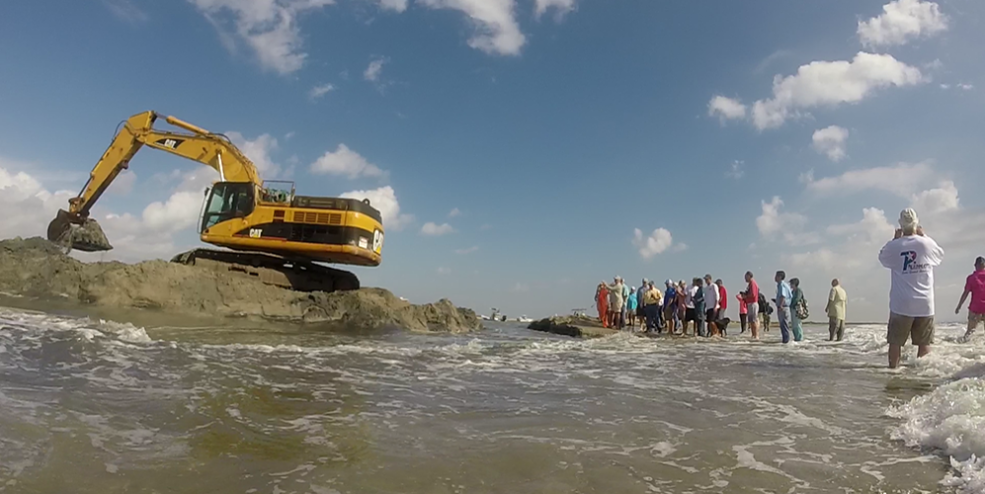
After nearly 30 years of planning and 4 months of dredging, Cedar Bayou was officially reopened in September 2014. This is the first water to flow through what eventually became the main channel.
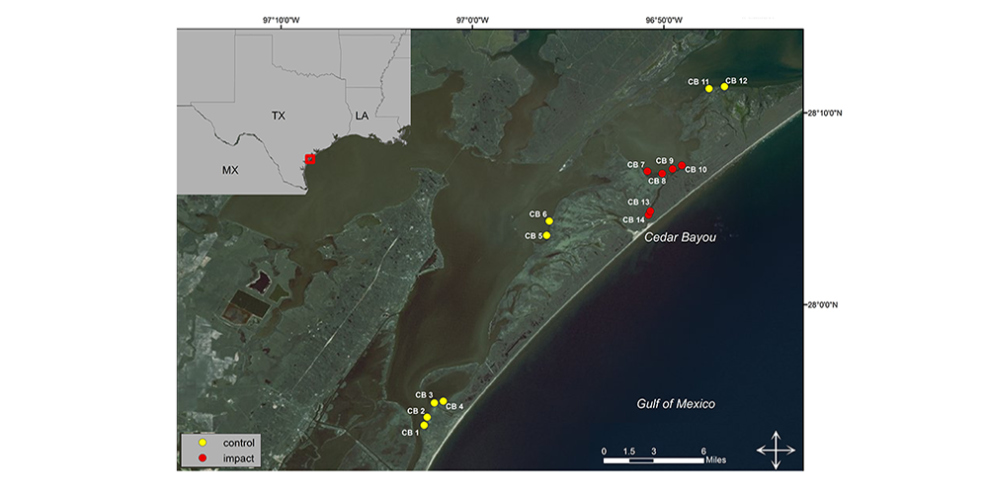
Map of the study area where samples have been collected since 2012
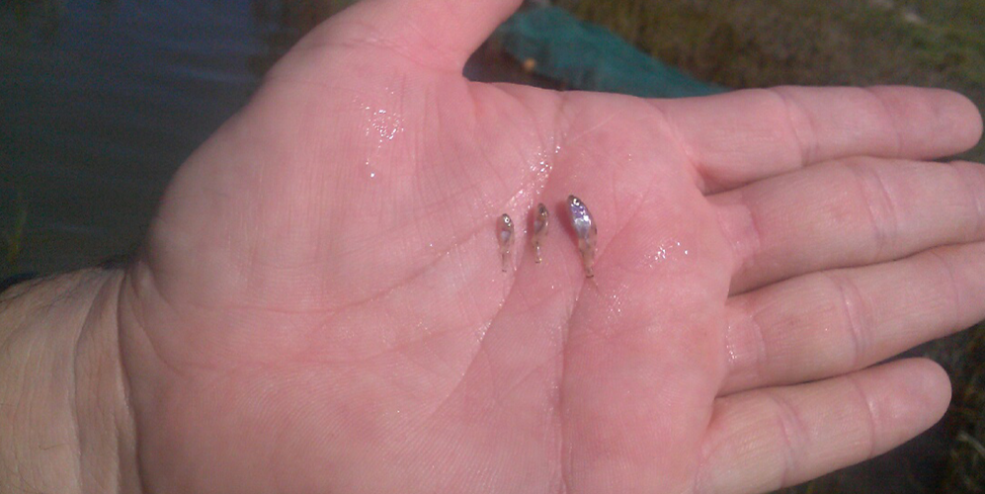
No juvenile Red Drum were found near Cedar Bayou in the two years of pre-opening samples. These juveniles were found near the bayward mouth of the inlet less than a month after it reopened.
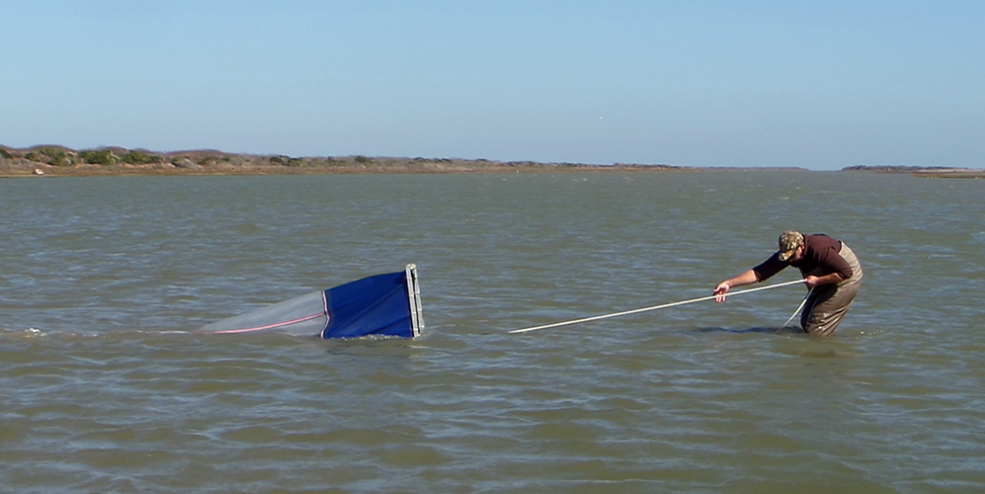
Juvenile fish, shrimp, and crabs are collected using a special net called an epibenthic sled.
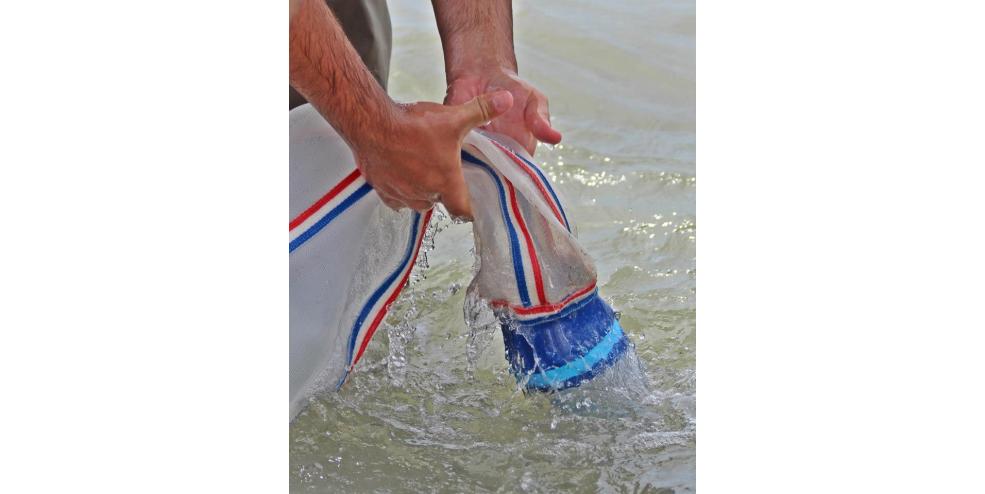
Rinsing the cod end of an epibenthic sled
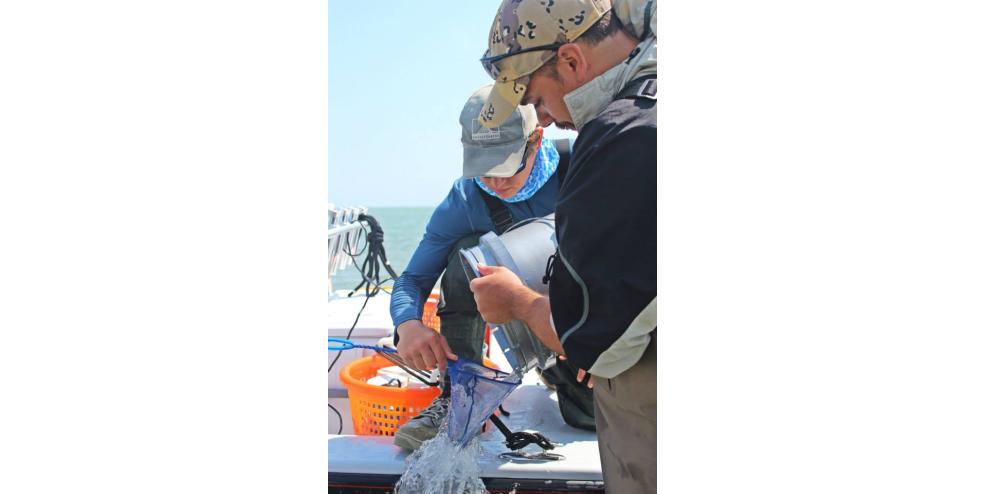
Sampling small nekton at Cedar Bayou tidal inlet. We strain the sample using small nets before they are preserved and brought back to the lab.
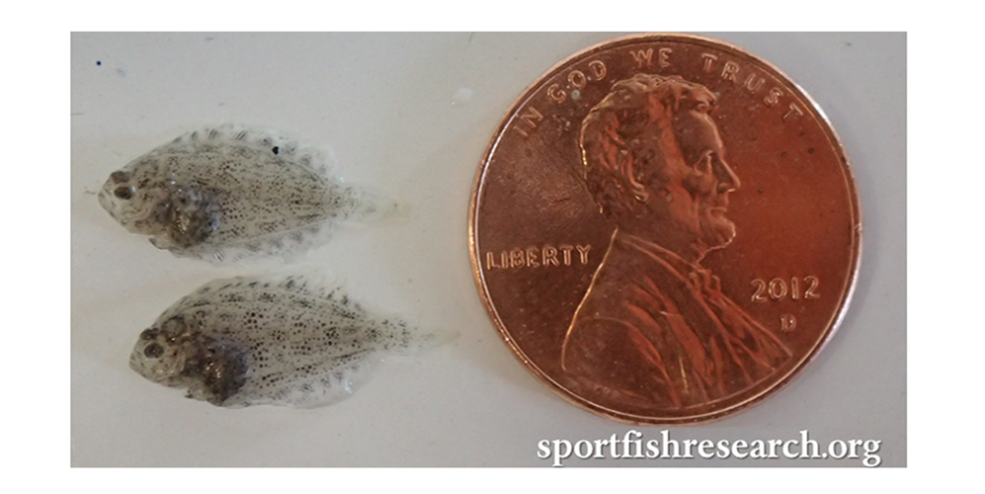
These juvenile Southern Flounder found during the post-opening surveys suggest that flatfish species are also taking advantage of Cedar Bayou's reopening.
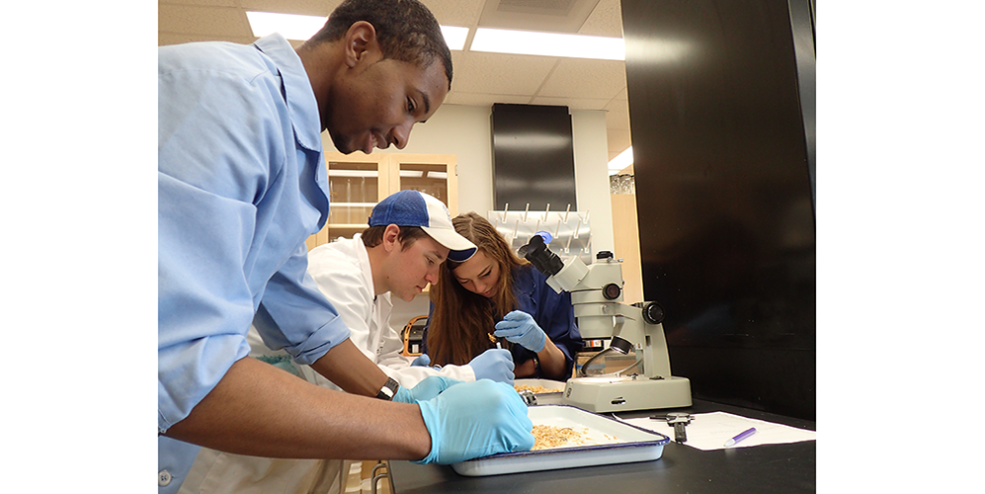
All organisms collected are identified, counted and measured by hand. So far our team has counted nearly 160,000 organisms!
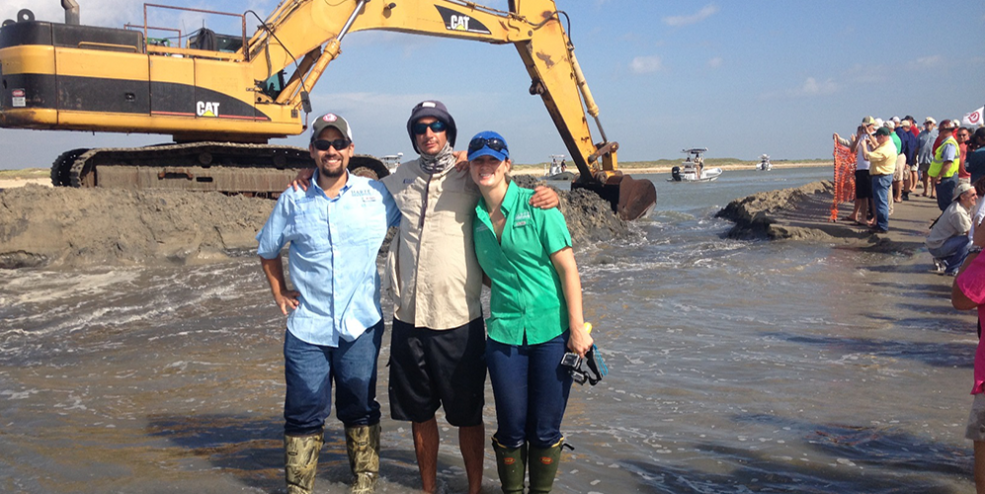
CSSC staff at the reopening of Cedar Bayou
